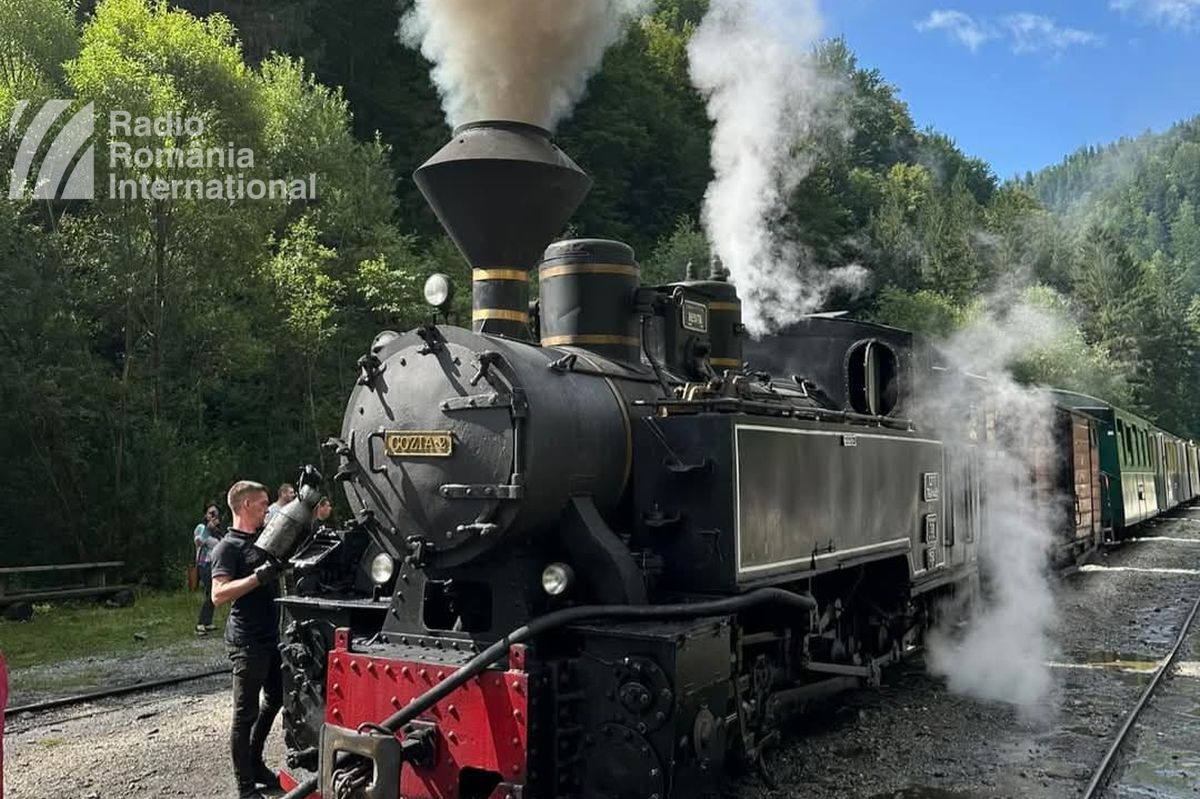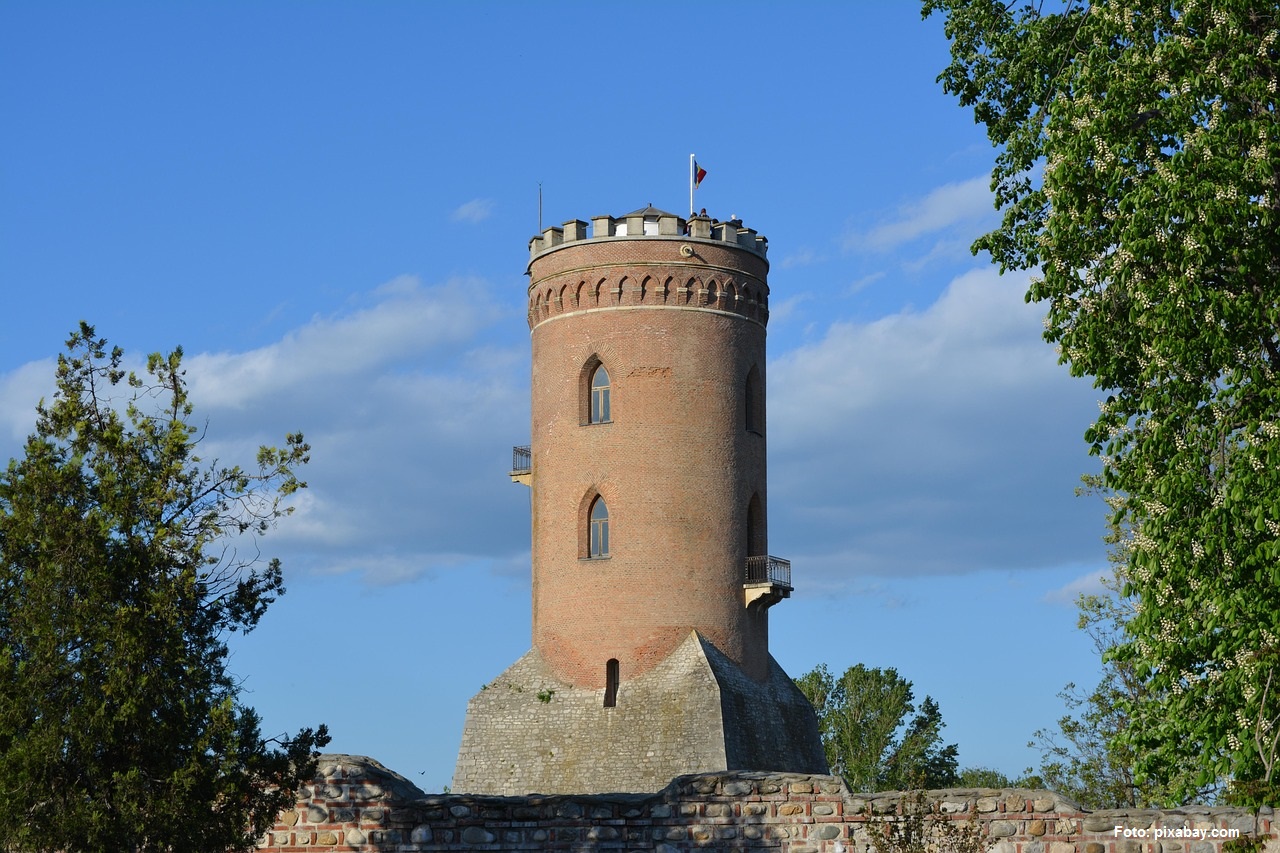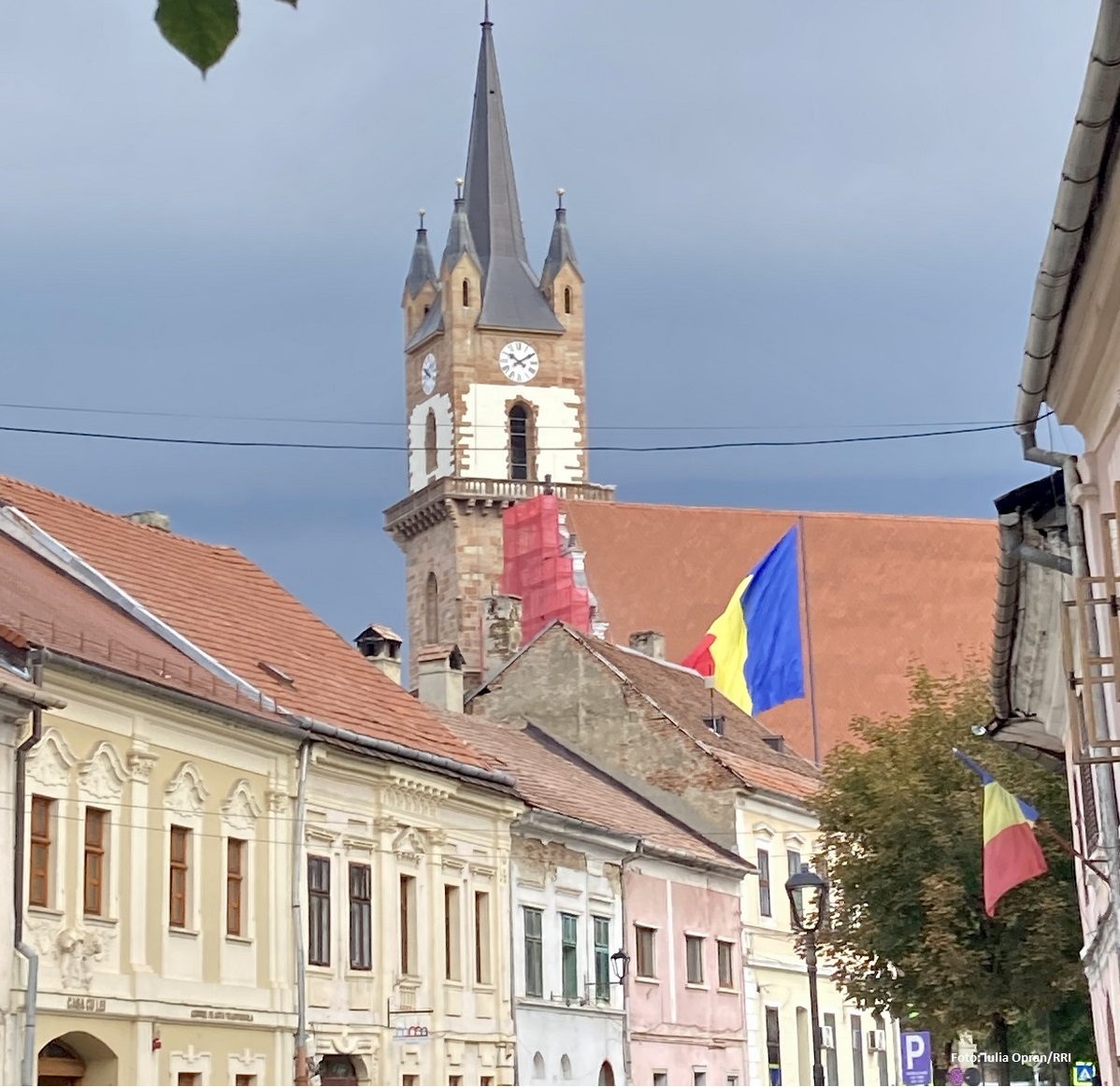Wine tourism in Romania
Wine tourism is gaining ground in Romania.

Daniel Onea, 09.10.2019, 12:45
If you like wine and you want to visit Romanian wineries but you do not know how such a tour unfolds, Alina Iancu, founder of Crameromania.ro and Revino.ro is the guide that can tell you all about the most impressive wineries in the country.
Alina Iancu: “Around 70 wineries in seven wine areas in Romania are open to visitors. It is about the same number as last year. A visit to a winery includes a presentation of the wine making process, the tasting of five to seven types of wine, and, if the weather allows it, a walk through the vineyards. We recommend the visiting of two wineries a day and also lunch at one of them or at a restaurant nearby. There are wineries equipped with tennis courts and bike lanes through the vineyards and bicycles available for rent. Some companies even stage team building sessions in such areas. Wineries provide locations for various activities. Nevertheless, their main purpose is to offer tourists the joy of wine tasting and of walking through the vineyard. After all, it is more important to go out for a walk than stay inside a wine cellar.”
Alina Iancu, who promotes wine tourism, tells us more about the type of activities organized at a winery: “In the upcoming period we host a jazz event in the vineyard. A company stages this event together with the winery. People come here to enjoy good wine and good music. Such events are organized in many wineries in Romania. A few days ago I accompanied a group of 24 foreign tourists from 10 countries. They are pleasantly surprised of what they find here and the demand is growing by the day. Many of them come to Romania on business trips and are interested to get to know the country better, not necessarily the wine. Nevertheless, I have recently accompanied two or three groups of tourists who came to Romania just for the wine. Most tourists are from Europe, Asia and the US.”
Romania is among the world’s top countries in terms of vineyard areas, followed by Iran, India and Moldova. Alina Iancu: “Romania ranks 13th in the world in terms of wine production. Only 5% of production is exported, so we could do much better in this respect. It’s not bad that most of the wine is sold in Romania but we could put more emphasis on quality wine. We have the necessary quantity and potential, but we should work more on quality and international image. There is enough information on the internet for tourists to get an idea about wine tours in Romania. Besides wine cellars and vineyards, there are also tourist objectives to be visited. A trip to Romania usually includes a visit to the top tourist attractions and then to the wineries. There are wineries that have a number of cellars in the same place, in which case tourists can organize their trip only around them. I have recently accompanied a group of tourists through Transylvania. They really wanted to visit Bran Castle so I took them there. From Bran Castle we went to Brasov and then we visited the wine cellars around Ploiesti.”
A wine testing session usually costs between 5 and 20 euros, depending on the wine cellar, but the price can differ depending on the additional events organized. For instance, a wine tasting session at a winery in southern Romania, with a 300-year long history behind, the tasting of 5 wines and a traditional lunch or dinner costs almost 45 euros.
A lot of interesting events are organized in fall, centered on grape picking. Alina Iancu: “Some of them are private events. A month ago, at Dealu Mare vineyard near Bucharest there was an event with music concerts, wine tasting, grape picking competitions and food trucks. All street food events in the big cities are now starting to be held at vineyards. Wine tourism is a premium tourist segment, so it is not cheap. The renting of a guest house at a vineyard is more expensive than a guest house at the mountain. A visit to a winery takes around 90 minutes and booking in advance is highly recommended. It the visit unfolds during grape picking, the visit should be scheduled a month in advance. Although wineries are usually open to tourists, there are periods during the year when wineries do not accept unannounced visits.”






























